What makes platinum and diamond so different, yet both so special? Explore the key difference between platinum and diamond in this easy-to-understand guide. Learn about their origins, appearances, and unique qualities to make the best choice for your jewellery.
Let’s Begin
When it comes to jewellery, platinum and diamond are two of the most popular choices. Both have their unique characteristics and appeal, but they are quite different in many ways. Whether you are planning to buy an engagement ring, a special gift, or simply want to know more, understanding the differences between platinum and diamond can help you make an informed decision. In this blog, we’ll break down the key differences to help you make an informed decision, whether you’re buying an engagement ring or a special gift. Let’s dive into the world of platinum and diamonds!
Difference Between Platinum And Diamond
Choosing between platinum and diamond jewellery can be tricky. Each has its own unique charm and qualities. Here are ten key things to know about the difference between platinum and diamond.
1. Nature and Origin
Platinum: Platinum is a metal. It is dense, malleable, and found in the Earth’s crust. Platinum is usually mined from locations like South Africa, Russia, and Canada.
Diamond: Diamonds are gemstones. They are formed deep within the Earth under high pressure and temperature. Made of carbon atoms arranged in a crystal structure, diamonds are often found in countries like India, Russia, and Botswana.
2. Appearance
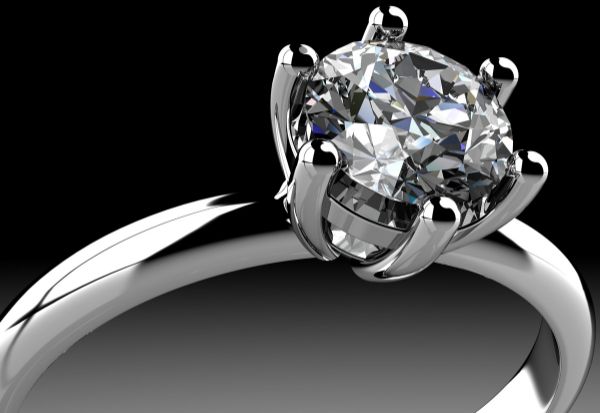
Platinum: Platinum has a shiny, silvery-white look. It does not tarnish or fade over time, maintaining its lustrous finish.
Diamond: Diamonds are renowned for their brilliance and sparkle. They can be found in various colours, though the most sought-after diamonds are colourless.
3. Durability
Platinum: Platinum is one of the strongest and most durable metals. It is highly resistant to wear and tear, making it an excellent choice for jewellery worn daily, like wedding bands.
Diamond: Diamonds are the hardest known natural material, ranking 10 on the Mohs hardness scale. This hardness makes diamonds extremely resistant to scratching.
4. Weight
Platinum: Platinum is a heavy metal, much denser than gold and silver. Jewellery made from platinum will feel heavier and more substantial.
Diamond: Diamonds, though hard, are not particularly heavy. The metal setting primarily determines the weight of diamond jewellery.
5. Value
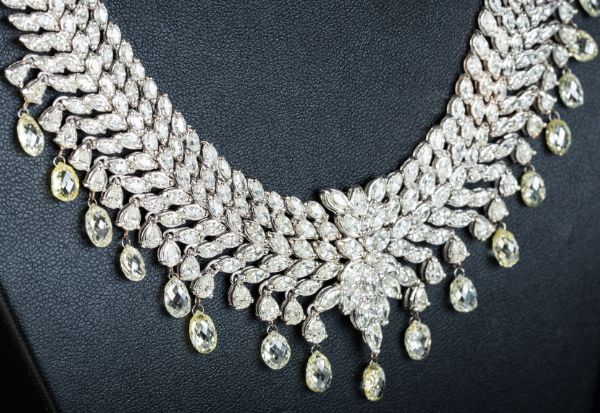
Platinum: Platinum’s value is primarily based on its weight and purity. Platinum is rarer than gold, which often makes it more expensive.
Diamond: The value of a diamond depends on the famous “Four Cs”: carat, cut, colour, and clarity. Larger, well-cut, colourless diamonds with high clarity are extremely valuable.
6. Hypoallergenic Properties
Platinum: Platinum is hypoallergenic, meaning it is unlikely to cause an allergic reaction. This makes platinum an excellent choice for people with sensitive skin or allergies to other metals.
Diamond: Diamonds, being a gemstone, do not cause allergies. However, the metal settings used in diamond jewellery should be considered if you have sensitive skin.
7. Maintenance
Platinum: Platinum jewellery can scratch over time, but it doesn’t lose metal, and the scratches can be polished out by a jeweller.
Diamond: Diamonds, while resistant to scratching, can accumulate dirt and oil, which dull their sparkle. Regular cleaning is necessary to keep diamond jewellery looking its best.
8. Symbolism
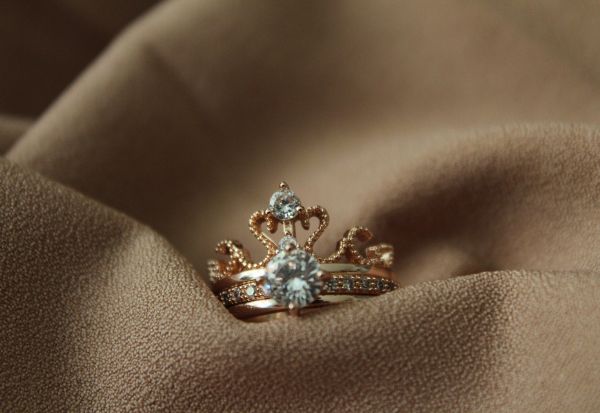
Platinum: Platinum symbolises enduring love, strength, and rarity, making it a popular choice for wedding and anniversary jewellery.
Diamond: Diamonds are synonymous with eternal love, purity, and commitment, hence their association with engagement rings.
9. Use in Jewellery
Platinum: Due to its strength and durability, platinum is often used to set engagement rings, wedding bands, and other fine jewellery. Its white sheen enhances the sparkle of diamonds and other gemstones.
Diamond: Diamonds are the focal point of many jewellery pieces, including rings, necklaces, earrings, and bracelets. Their unmatched sparkle makes them the star attraction in any jewellery design.
10. Price and Investment
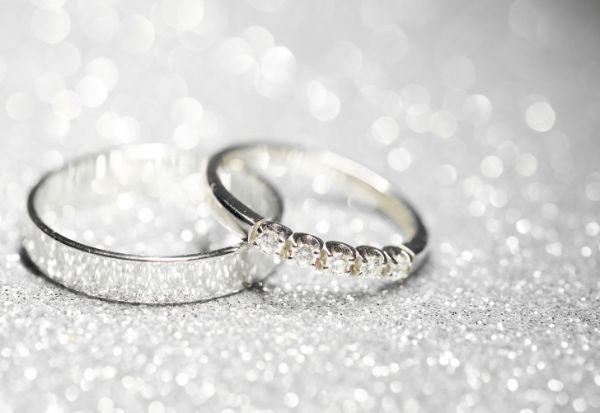
Platinum: Platinum’s price is influenced by its rarity and the complexity of its mining and refining processes. High-purity platinum is particularly costly.
Diamond: Diamonds are priced based on their quality and rarity. High-quality diamonds with excellent cut, clarity, and colour are extremely valuable.
Also Read: 6 Tips on How to Choose The Perfect Diamond Nose Ring
10 Key Difference Between Platinum And Diamond
| Feature | Platinum | Diamond |
| Nature and Origin | Platinum is a metal. It is dense, malleable, and found in the Earth’s crust. Platinum is usually mined from locations like South Africa, Russia, and Canada. | Diamonds are gemstones. They are formed deep within the Earth under high pressure and temperature. Made of carbon atoms arranged in a crystal structure, diamonds are often found in countries like India, Russia, and Botswana. |
| Appearance | Platinum has a shiny, silvery-white look. It does not tarnish or fade over time, maintaining its lustrous finish. | Diamonds are renowned for their brilliance and sparkle. They can be found in various colours, though the most sought-after diamonds are colourless. |
| Durability | Platinum is one of the strongest and most durable metals. It is highly resistant to wear and tear, making it an excellent choice for jewellery worn daily, like wedding bands. | Diamonds are the hardest known natural material, ranking 10 on the Mohs hardness scale. This hardness makes diamonds extremely resistant to scratching. |
| Weight | Platinum is a heavy metal, much denser than gold and silver. Jewellery made from platinum will feel heavier and more substantial. | Diamonds, though hard, are not particularly heavy. The metal setting primarily determines the weight of diamond jewellery. |
| Value | Platinum’s value is primarily based on its weight and purity. Platinum is rarer than gold, which often makes it more expensive. | The value of a diamond depends on the famous “Four Cs”: carat, cut, colour, and clarity. Larger, well-cut, colourless diamonds with high clarity are extremely valuable. |
| Hypoallergenic Properties | Platinum is hypoallergenic, meaning it is unlikely to cause an allergic reaction. This makes platinum an excellent choice for people with sensitive skin or allergies to other metals. | Diamonds, being a gemstone, do not cause allergies. However, the metal settings used in diamond jewellery should be considered if you have sensitive skin. |
| Maintenance | Platinum jewellery can scratch over time, but it doesn’t lose metal, and the scratches can be polished out by a jeweller. | Diamonds, while resistant to scratching, can accumulate dirt and oil, which dull their sparkle. Regular cleaning is necessary to keep diamond jewellery looking its best. |
| Symbolism | Platinum symbolises enduring love, strength, and rarity, making it a popular choice for wedding and anniversary jewellery. | Diamonds are synonymous with eternal love, purity, and commitment, hence their association with engagement rings. |
| Use in Jewellery | Due to its strength and durability, platinum is often used to set engagement rings, wedding bands, and other fine jewellery. Its white sheen enhances the sparkle of diamonds and other gemstones. | Diamonds are the focal point of many jewellery pieces, including rings, necklaces, earrings, and bracelets. Their unmatched sparkle makes them the star attraction in any jewellery design. |
| Price and Investment | Platinum’s price is influenced by its rarity and the complexity of its mining and refining processes. High-purity platinum is particularly costly. | Diamonds are priced based on their quality and rarity. High-quality diamonds with excellent cut, clarity, and colour are extremely valuable. |
VBJ: Your Trusted Jeweller For Over A Century
Established in 1900, VBJ has been a beacon of quality, design, and innovation in the world of jewellery for over a century. Our rich heritage and deep roots in South Indian tradition are reflected in every piece we create, making VBJ a name synonymous with luxury and sophistication. At VBJ, we take pride in our meticulous attention to detail and our commitment to excellence. Our collections are a harmonious blend of classic and contemporary designs, crafted to perfection by our skilled artisans. Whether you are looking for a stunning diamond necklace, an intricately designed temple jewellery piece, or a bespoke creation, VBJ offers an unparalleled selection that caters to every taste and occasion.
Conclusion
Understanding the difference between platinum and diamond can help you choose the right jewellery for your needs. Both platinum and diamond have their unique qualities and appeal, making them highly sought after in the world of fine jewellery. Whether you are drawn to the strength and durability of platinum or the brilliance and timeless beauty of diamonds, both materials offer something special.
Next time you are shopping for jewellery, remember these key points about the difference between platinum and diamond. This knowledge will not only help you make an informed choice but also appreciate the craftsmanship and value of the pieces you select.
FAQs Releated To Difference Between Platinum And Diamond
1. What is the main difference between platinum and diamond?
Platinum is a metal, while diamond is a gemstone. Platinum is known for its strength and durability, while diamonds are renowned for their brilliance and hardness.
2. Which is more valuable, platinum or diamond?
The value of both platinum and diamonds varies based on several factors. Platinum’s value is influenced by its weight and purity, while diamonds are valued based on the Four Cs: carat, cut, colour, and clarity.
3. Is platinum heavier than gold?
Yes, platinum is denser and heavier than gold, which makes jewellery made from platinum feel more substantial.
4. Can platinum cause skin allergies?
No, platinum is hypoallergenic, making it a great choice for people with sensitive skin or metal allergies.
5. How do I maintain platinum jewellery?
Platinum jewellery can scratch over time, but it doesn’t lose metal. Scratches can be polished out by a jeweller to restore its shine.
 Store Locator
Store Locator 

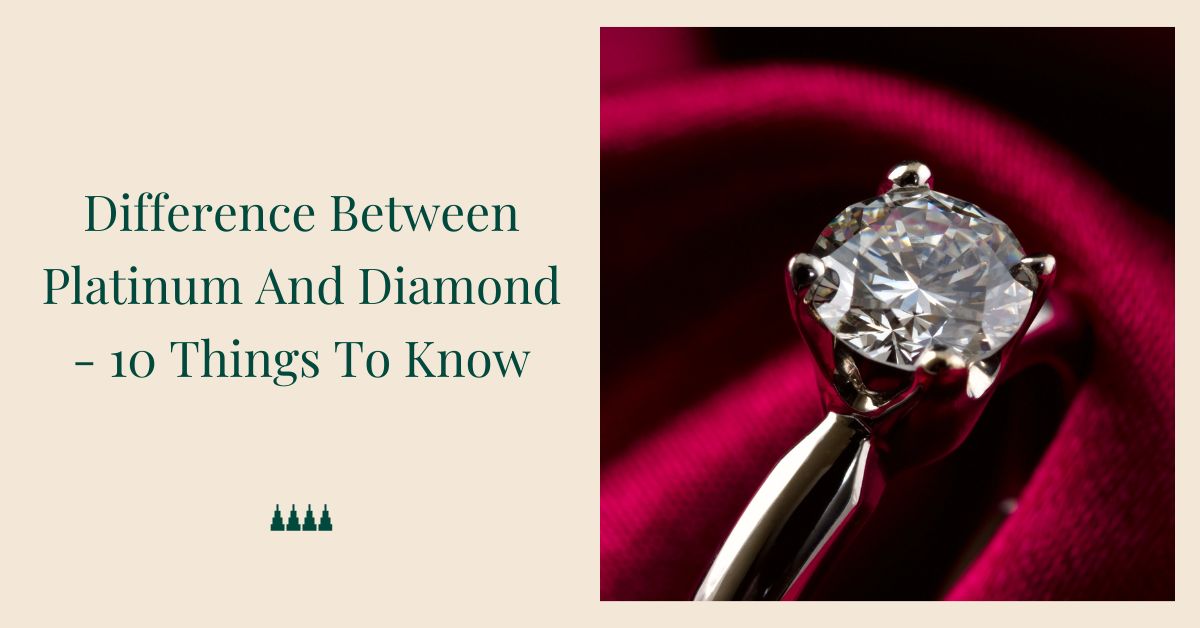
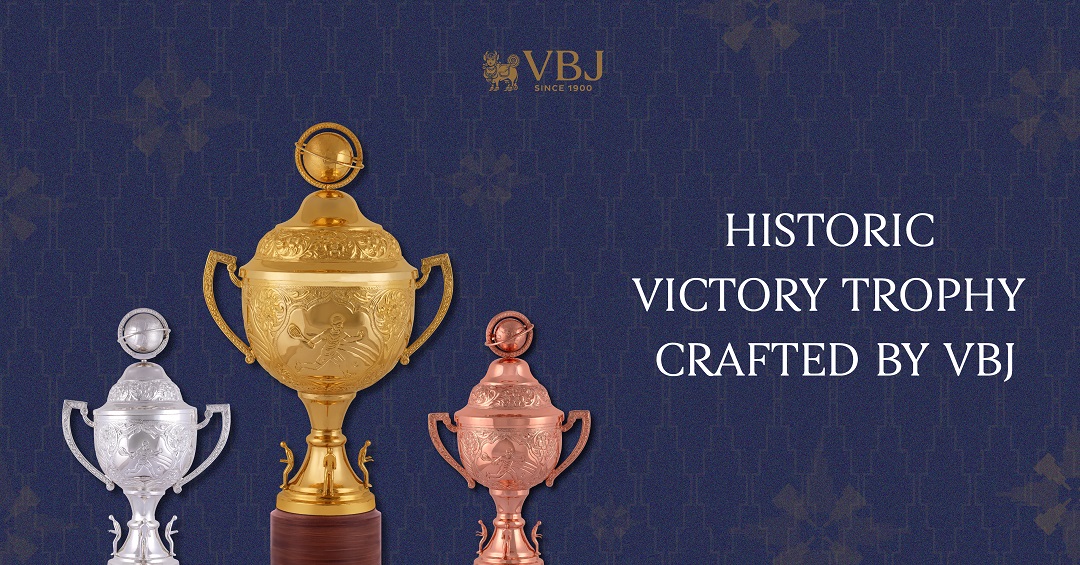
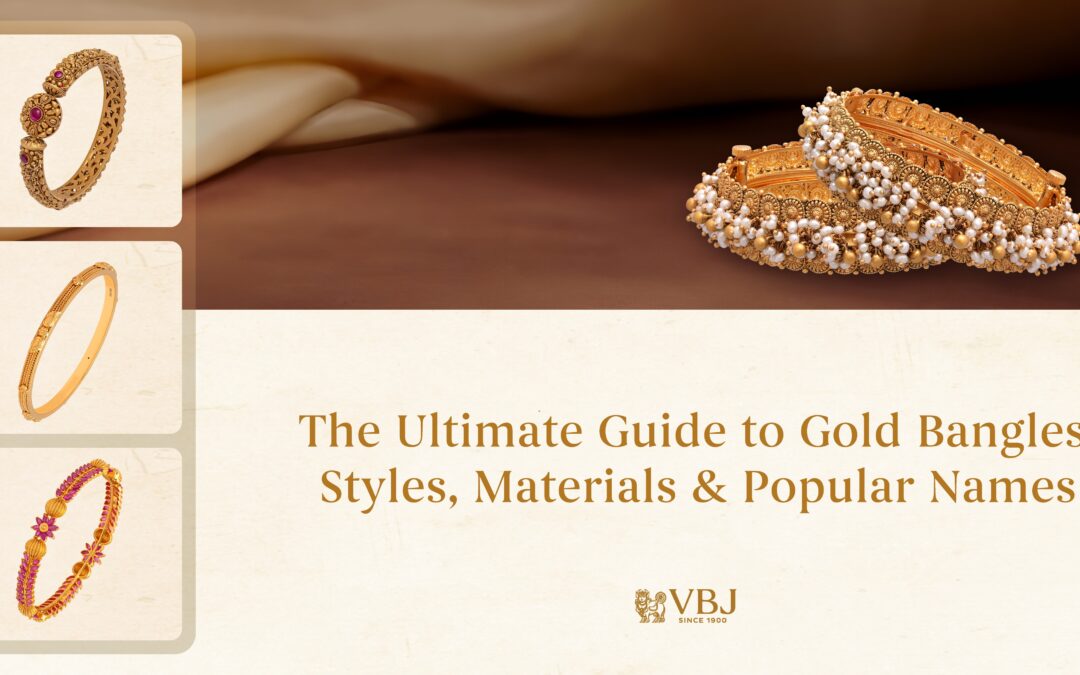
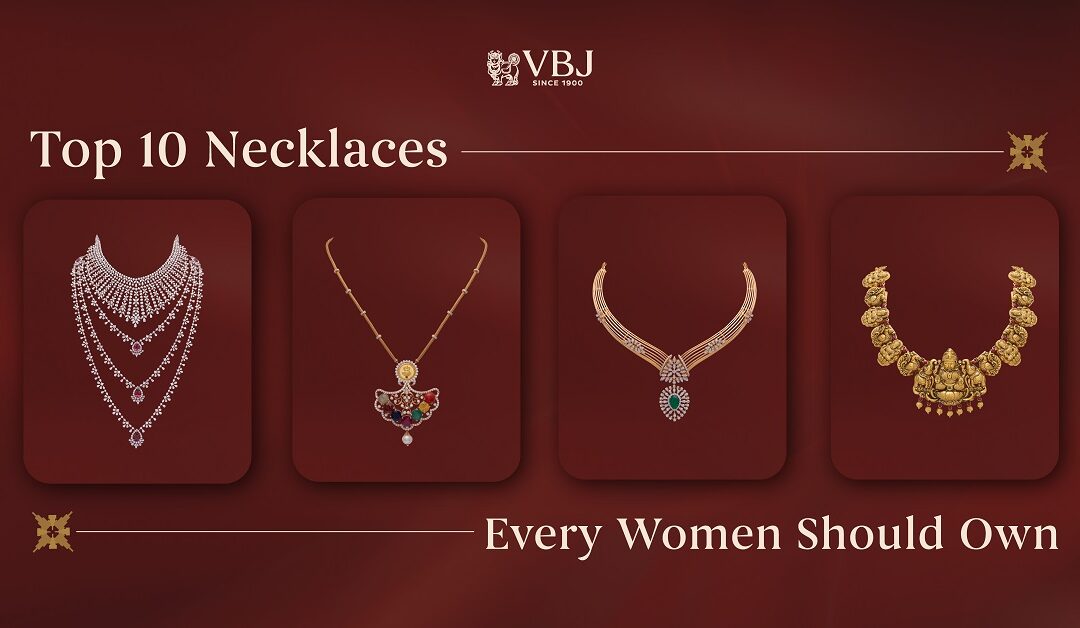
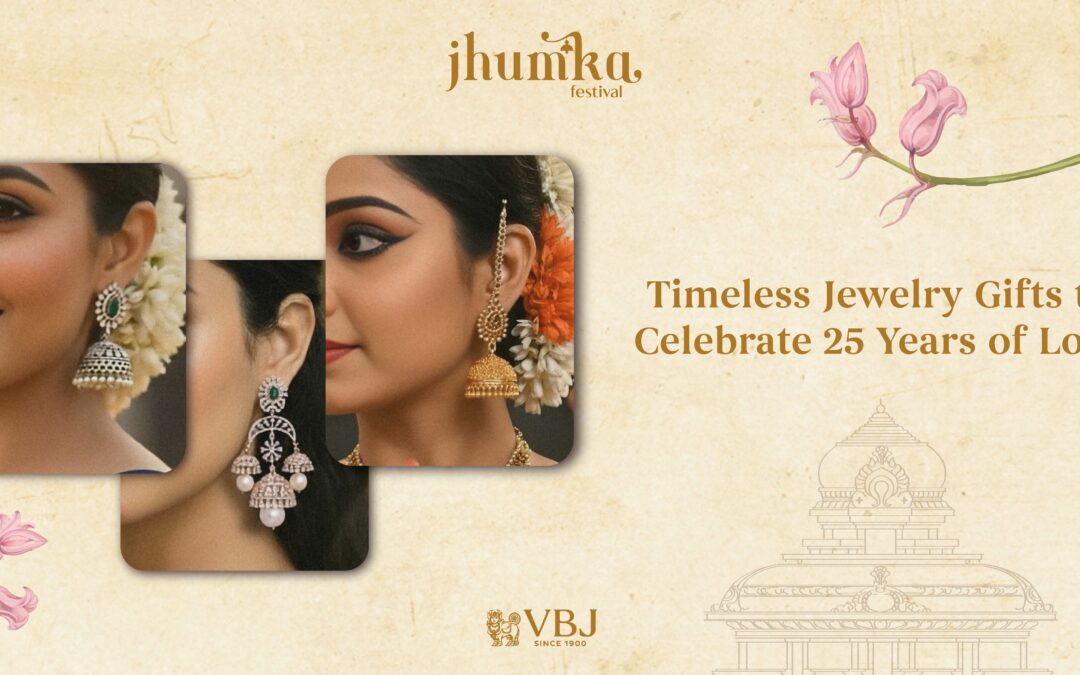

0 Comments